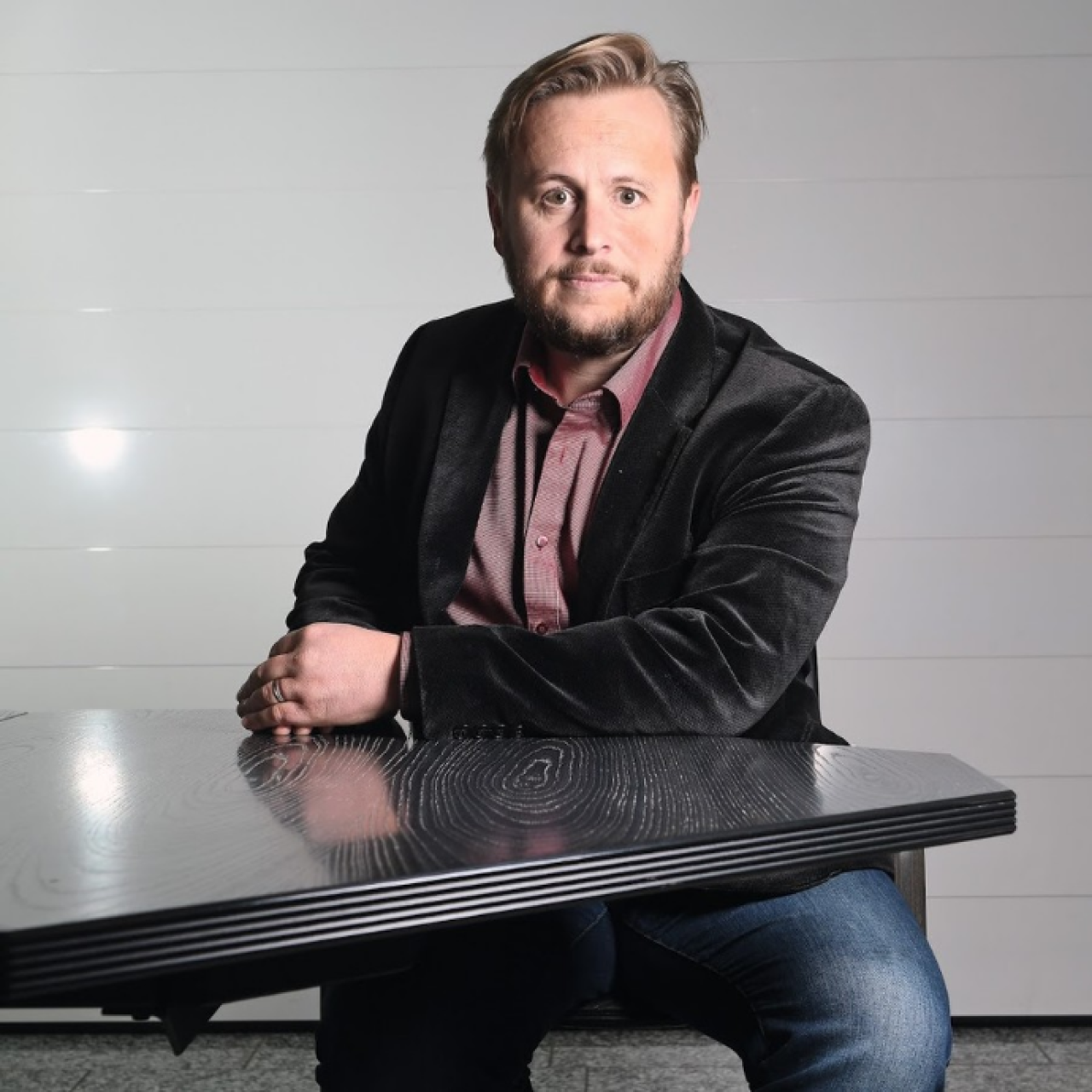Size and precision: On a new scale
Compact machines – the name says it all – are characterized by their compact footprint and can fit into any production environment. From a mechanical engineering perspective, their design is conventional and geared towards the machining of standard parts using established processes. In contrast, micro machines set new standards in the machining of sophisticated components with their exceptional ratio of 5:1 between the structural dimensions of the machine and the maximum workpiece size. With the Micro5 this means: A milling center of 250 mm for a workpiece cubature of up to 50 mm; with the Micro5 XL it is 600 mm for the center of the machine with a maximum edge length of 120 mm.
This ratio is unique, combining extreme compactness with outstanding performance. By reducing the moving masses, micro machines achieve exceptional dynamics without sacrificing rigidity – a key criterion for fast and high-precision machining cycles. This achieves excellent repeatability and precision even in very challenging applications.
Design principle: Development beyond the established
ompact machines are essentially smaller versions of conventional systems. Their design is geared towards flexibility and variability, based on conventional mechanical construction and dynamic principles. Micro machines, on the other hand, take a completely different, revolutionary approach. The resulting advantages: Accelerations of up to 2.5 g and jerks of up to 900 m/s³.
This impressive dynamic performance, combined with optimized rigidity, pushes the limits of precision and shortens cycle times. Thanks to these innovative properties, micro machines are particularly suitable for high-performance machining in future-oriented industries.
Their compact design and low power consumption means that their thermal stability is also excellent.
High speed cutting vs. conventional machining: A technological paradigm shift
The differences between the two machine types Micro and Compact go beyond size and design principle. Compact machines are designed for conventional machining; stability and versatility are the main focus. Micro machines, on the other hand, make full use of the possibilities of high-speed cutting (HSC). This technology is characterized by high spindle speeds and web speeds, shortens cycle times and at the same time ensures the best surface quality. Therefore, micro machines use high-speed spindles with up to 60,000 rpm.
When every micrometer counts, HSC is always the first choice: For example in the jewelry and watchmaking industry, microelectronics and medical technology.
Energy efficiency: A sustainable revolution
Sustainability is of crucial importance today and in the future. Compact machines are also designed for energy efficiency, but do not reach the same level as micro machines. For example, the Micro5 consumes up to 50 times less energy than a conventional machining center and has a typical power consumption of just 500 W for machining a cube with an edge length of 50 mm.
This optimized energy consumption and exceptional dynamics make micro machining centers an economical and environmentally friendly solution that meets the current and future requirements of industry.
Applications: From versatile to highly specialized
Compact machines are suitable for demanding production tasks in various industries. However, they often reach their limits where ultra-precision is required. Micro machines, on the other hand, are designed for fast cycles and tolerances in the µm range and are therefore predestined for the machining of precision parts in the watchmaking industry, for the production of implants and miniature components in medical technology or components for microelectronics.
Additional benefit: Innovation and economy
Compact machines are an efficient solution for production facilities where space and versatility are a priority. With their exceptional dynamic rigidity, reduced energy consumption and HSC capabilities, micro machines offer the highest level of precision with a significantly reduced footprint.
Conclusion: The requirements profile makes all the difference!
Compact machines and micro machines both have their place in current production scenarios. The former are ideal for traditional and versatile production, while the latter, with advanced technologies such as HSC, outstanding dynamics and resource efficiency, redefine the standards in demanding application areas. Choosing a micro machine means choosing the future of machining, where precision, efficiency and sustainability are at the heart of every machining cycle.
The author: Samuel Vuadens
In his LinkedIn profile, Samuel Vuadens describes himself as an »entrepreneur and micromachinery expert, I am shaping the future of micromechanical component machining.« And that is exactly what he has done with great passion in recent years. As the founder of MECATIS SA, he brought the Micro5 to industrial maturity and played a decisive role in the global success of the innovative micromachine. He has been CEO of CHIRON Swiss SA, based in Isérables, since its integration into the CHIRON Group.
Samuel Vuadens handed over the reins at the end of May 2025 in order to dedicate himself »to a new professional chapter that is yet to be written, with a mixture of gratitude and nostalgia, energy and curiosity.« Pierre Fournier, Dylan Maret and Elie Haddjeri, who together have 28 years of experience in the company, will take over the management of CHIRON Swiss. The strategic contact for Micro5 customers in Switzerland is Marcel Rombey, while the development of the growing »Micro family« continues under the leadership of Dr. Claus Eppler.
